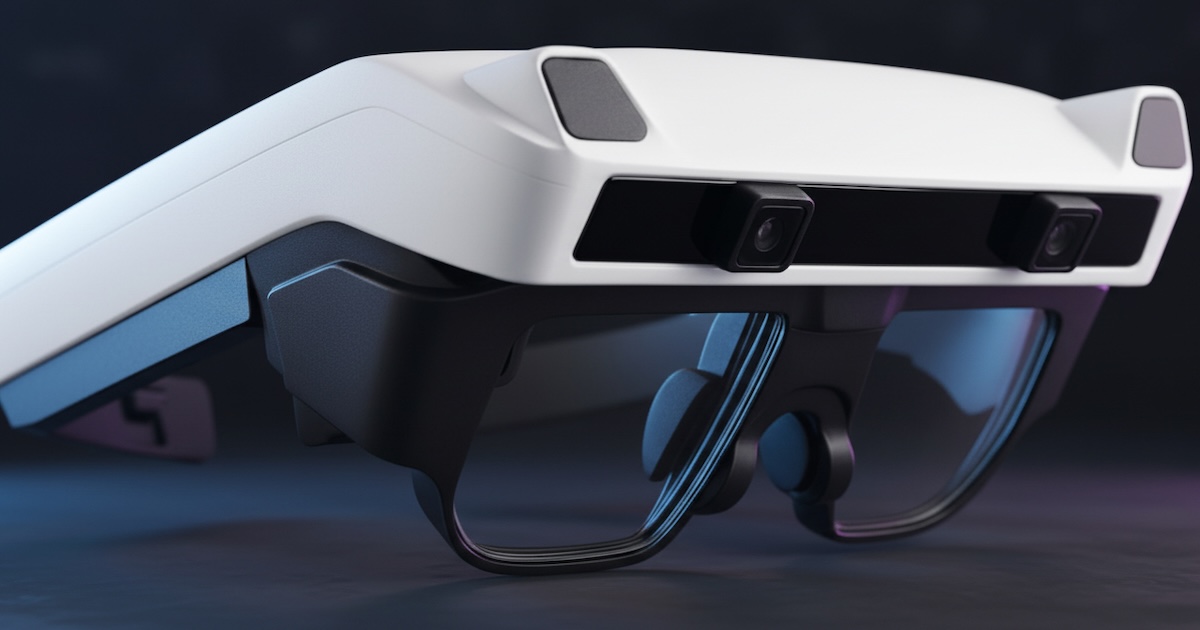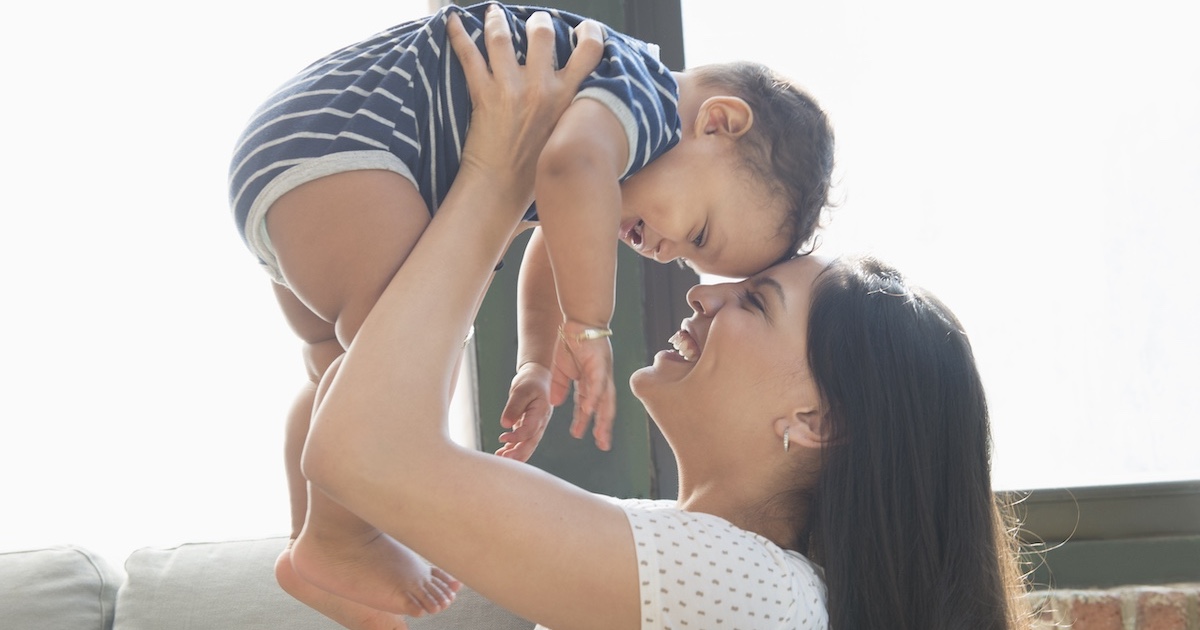Forget wearable sensors. A Georgia company is pushing into the mHealth market with a vital signs monitoring solution that slips underneath a bed or chair mattress and requires no contact with the patient.
Sensiotec's Virtual Medical Assistant (VMA) is billed as a "truly remote, non-contact" solution that captures a patient's vital signs through Ultra-Wideband (UWB), a form of low-power radar technology developed by the military. Company officials say UWB produces no ionizing radiation, generates high temporal and spatial resolutions, can see through solid objects and body tissue, doesn't require much power and accommodates established narrowband systems.
Robert Arkin, founder and CEO of the Atlanta-based company, says VMA fills a niche that other mobile sensors can't – it can draw data from a patient without ever having to come in contact with the patient. Wearable sensors or those attached to the body, he said, can be taken off, tampered with or otherwise corrupted by activity.
Furthermore, Arkin says, Sensiotec's VMA can gather data on a patient without requiring any effort from the patient.
"One of the most basic issues in medicine has been, is and always will be patient compliance," he said in an interview with mHealth News. "It's one thing to ask a patient to do something. It's another to have the patient comply with that request."
Arkin said Sensiotec is currently being used in hospitals and nursing homes, with a focus on chronically ill patients "who are generally less active and more restricted," like those with heart or breathing problems. He said the company plans on seeking FDA approval to move into the home healthcare market, and to branch out to a national market.
Sensiotec isn't the only vendor in this market. Waltham, Mass.-based EarlySense has also developed a sensor that can be placed underneath a mattress. The EarlySense System was recently tested at Harvard University Medical School on 7,643 patients, with results indicating the sensors "significantly" decreased patient's length of stay in a hospital, code-blue events and intensive care unit time for patients transferred from the medical-surgical unit to another unit.
In the study, the results of which were published in the American Journal of Medicine, researchers compared a 33-bed medical-surgical unit to a sister control unit for a nine-month pre-implementation and a nine-month post-implementation period. Results showed a decrease in the overall length of stay by 0.37 days, a reduction of 9 percent. The average stay in the ICU for patients transferred from the medical-surgical unit was significantly lower post implementation of the sensors by about two days, a 45 percent reduction. The rate of code-blue events decreased by 86 percent.
"Early detection of patient deterioration in general care units should be a top priority for healthcare institutions," said David Bates, MD, director of the Center for Patient Safety Research and Practice, senior vice president for quality and safety and chief quality officer at Brigham & Women's Hospital and Harvard Medical School, in a press release.
"Continuous monitoring is a key factor in recognizing and promptly responding to early warning signs, which should help decrease patient morbidity and mortality, as well as length of hospital stay and costs," he said. "The study also showed the continuous monitoring used did not cause alarm fatigue, because of the analytics used by EarlySense which 'weeds out' the false positives."
EarlySense debuted its technology last October at Newton-Wellesley Hospital in Newton, Mass. In an mHealth News story at the time, Jessie Munn, Newton-Wellesley's associate chief nurse of medical surgical nursing, said staff at first were skeptical of the non-contact sensor system, but warmed to the idea as it was put to the test.
EarlySense "has fostered a proactive and data-rich discussion of the patient's plan of care as it relates not only to trends in vital signs but also regarding the degree of risk in pressure ulcer development and potential falls from the bed," she said.
Tim O'Malley, EarlySense's president, said at that time he expects the technology to work well in the home care environment, particularly as healthcare providers look for new ways to keep track of patients recently discharged and those with chronic conditions. The concept of placing a sensor underneath one's mattress – as opposed to hooking someone up to a myriad of patches, nodes and wires – would be a non-invasive way to gather data.
The technology "certainly has a place in the home health environment," he said.
Arkin said he hopes to work Sensiotec's VMA into other uses cases, and the company has developed an open API to attract mHealth partnerships. He'd like to target sleep apnea and asthma in future studies, and said the company is working on a pediatric version with Children's Healthcare of Atlanta.
"It doesn't require compliance (from the patient)," he pointed out. "The only real challenge is getting the data from the bedside to a central database."


